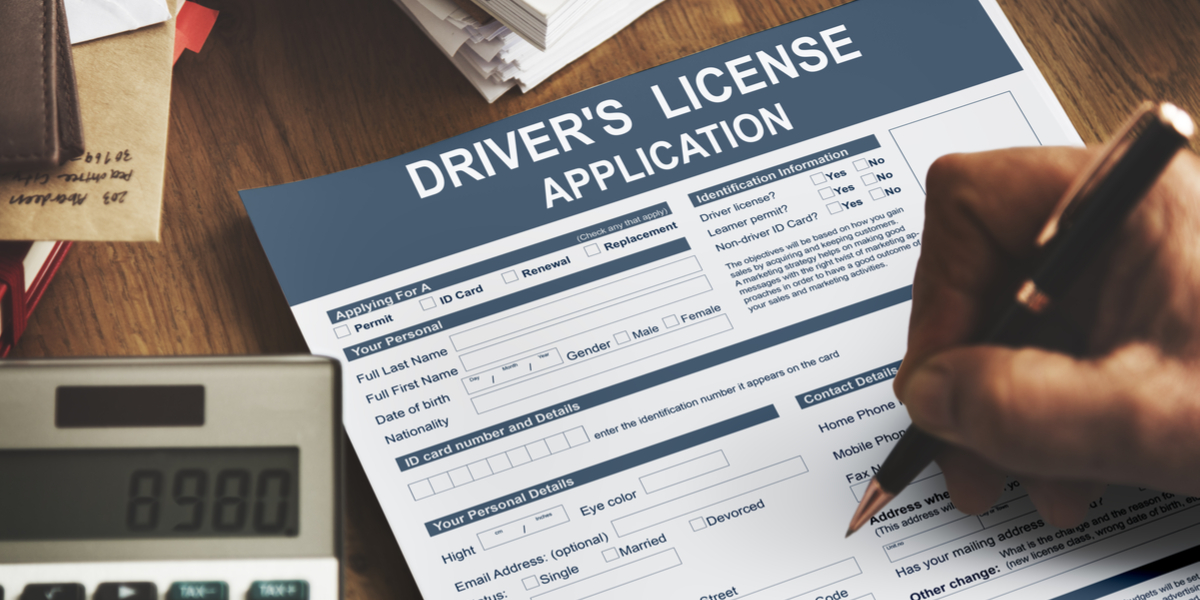Sample Coronavirus Hardship Letter
COVID-19 has had an impact on every person’s life. Tragically, many people have lost their lives to the virus. Countless others face the loss of their loved ones, homes, jobs, retirement accounts, and more. For people with upcoming deadlines, it may be a good idea to write a coronavirus hardship letter to ask for an extension.
Thankfully, some companies extended their payment deadlines automatically. Others expect to do the same for customers who request it. Keep reading to learn more about how to write a hardship letter. We’ve also included a sample coronavirus hardship letter below.
Components of a Coronavirus Hardship Letter
The definition of a hardship is malleable according to the institution you’re writing too. However, most institutions understand the widespread effects of the coronavirus. This generally makes it easier to get the message across to the institution you’re writing to.
In fact, the people who read the letter on behalf of the institution are going through the same hardship. The coronavirus hardship letter is unique for this reason. But it still calls for other important factors.
- First Paragraph
The first paragraph should be short and concise. For example, if you’re requesting a deadline for the next payment due on a loan, state that in two to four sentences. There will be plenty of opportunity to explain yourself more later.
- Next Two to Four Paragraphs
Now’s the time to explain how the coronavirus has affected your ability to pay the bill or payment on time. Explain the details and include documentation that supports the details you discuss.
In other words, if your employer laid you off, detail the circumstances in your letter. Explain that because of the “Stay at Home” order made by California governor, Gavin Newsom, you’re unable to work.
Although the rest of the story may seem obvious, take the time to spell it out. Include your last pay stub or an unemployment insurance paystub.
Share that you’ve explored other options to avoid making a payment late. Feel free to share what those options were and why they won’t work. It wouldn’t hurt to include that you’re committed to making your payments as agreed, and that the situation is out of your control.
- Other Items to Include
Finally, be sure to include basic contact information like your name, address, phone number and email address. Also, include your account number and if possible, another piece of identifying information. This can include your birth date or social security number, depending on the agency you’re writing to.
Be Honest and Humble
Although it seems like writing a coronavirus hardship letter is quite humbling, many hardship letters don’t read that way. It can feel natural to blame your employer for laying you off or your bank for charging too much interest. Maybe you can blame your spouse’s employer or the governor of California for making the “stay at home” order, too.
You may be putting all the blame in the right places, but it rubs people the wrong way. After all, the people making the decision on your hardship letter are only people. For that reason, it’s also important to be honest.
An unrealistic story is also likely to rub people the wrong way. There’s no need to exaggerate circumstances around the hardship. That especially applies to hardships centered around coronavirus.
Other Tips for a Coronavirus Hardship Letter
The overall message of a hardship letter needs to be, “There’s no other way.” Institutions don’t want to have to grant hardship letter requests. They want to be your first priority.
But they also understand that life isn’t perfect, nor is it always easy. For that reason, it’s important to paint the picture that there’s no other way to get through this difficult time. As we mentioned above, a coronavirus hardship letter is unique in that way.
That’s because the adversity of coronavirus hardly needs to be explained to anyone. However, you still need to include it in your letter.
Furthermore, exclude information that shines an objectively negative light on you. The institution you’re writing to may decide that you don’t particularly need the help. That is if you spent all your money gambling or couldn’t make any money because you were in jail.
Also, avoid sharing other alternatives for getting the money. For example, don’t mention that your rich father-in-law will give you the money if the letter you’re writing is ineffective. Your institution will likely deny your request and expect you to borrow it from your rich father-in-law instead.
How to Write a Sample Coronavirus Hardship Letter
We’ll include a sample coronavirus hardship letter below. While we encourage you to consider all the points above, write an original letter. Letters from templates or that don’t clearly correspond with your situation will be a turn-off.
Institutions don’t expect you to have a degree from Harvard in writing hardship letters, but it’s good to use basic reading and writing skills. In other words, proofread, spell check, and proofread your letter again.
Coronavirus Hardship Letter Example:
[Date][Name of Bank Contact] [Bank Contact’s Job Title] [Bank Name] [Bank Street Address] [Bank City, State, Zip]
Re: [Your Name] [Your Address] [Your City, State, Zip] [Your Contact Phone Number] [Your Account Number]
Dear Mr./Mrs. Bank Contact:
I’m writing this letter to ask for a payment [extension/deferment/etc.]. My employer had to lay off everyone in my position because of the coronavirus. A [one/two/three]-month [extension/deferment/etc.] will be enough for me to overcome this hardship and get back onto a regular payment schedule.
As a [job title] at [company name], I’m not an essential worker and therefore, my employer laid me off temporarily. I’m scheduled to return to work after the state governor lifts the “Stay at Home” order.
I tried to get a short-term personal loan, as well as looked for supplemental work among other efforts to earn money. But they haven’t been fruitful. As a last resort, I’m hopeful that you’ll [extend/defer] by next [one/two/three] payments.
I look forward to your prompt response.
Sincerely,
[Sign Here in Ink] [Print Your Name] [Your Email Address]







